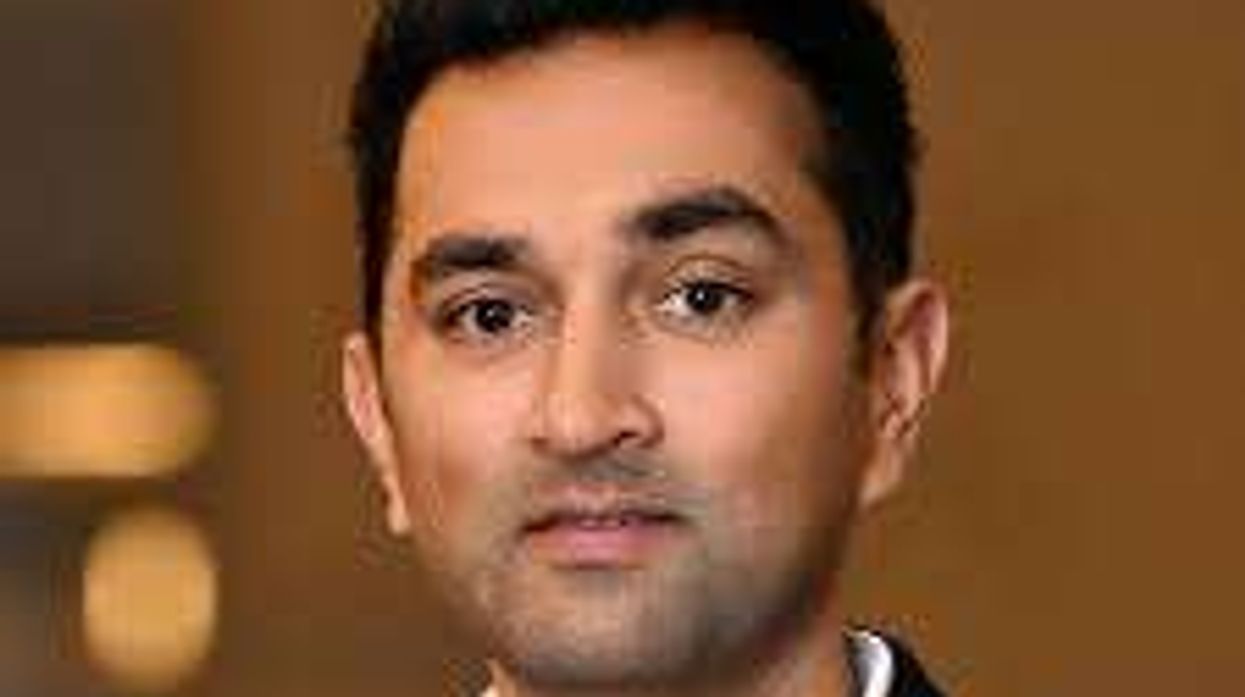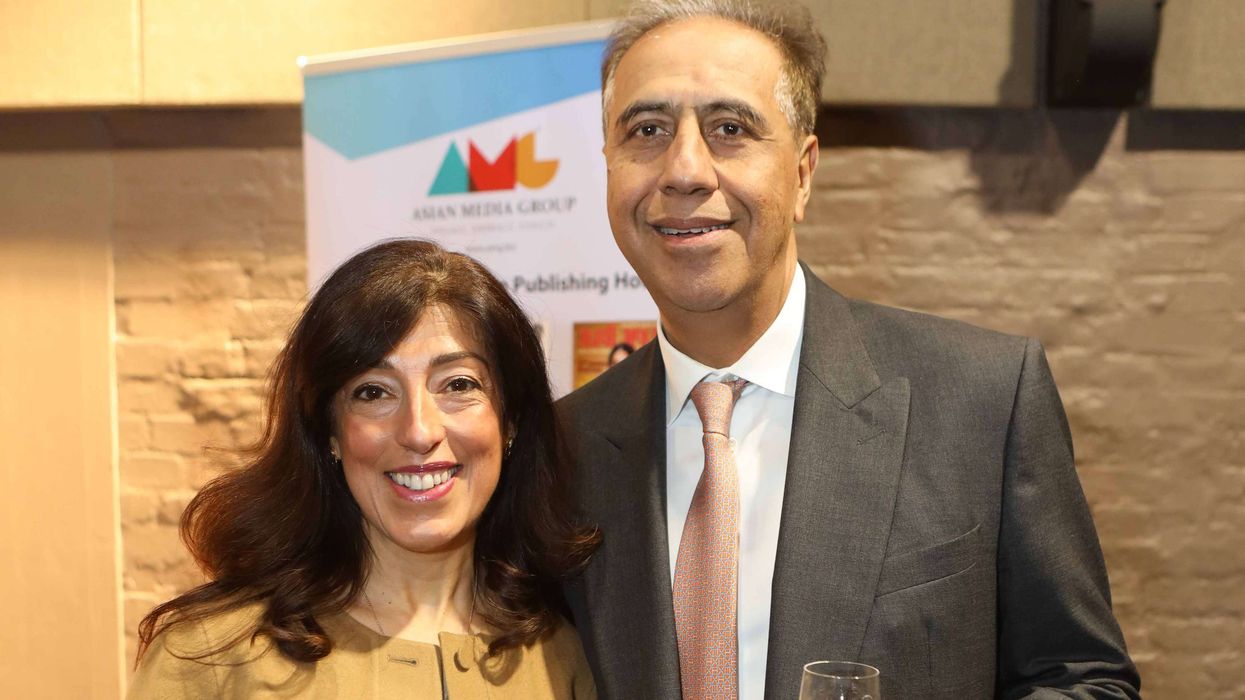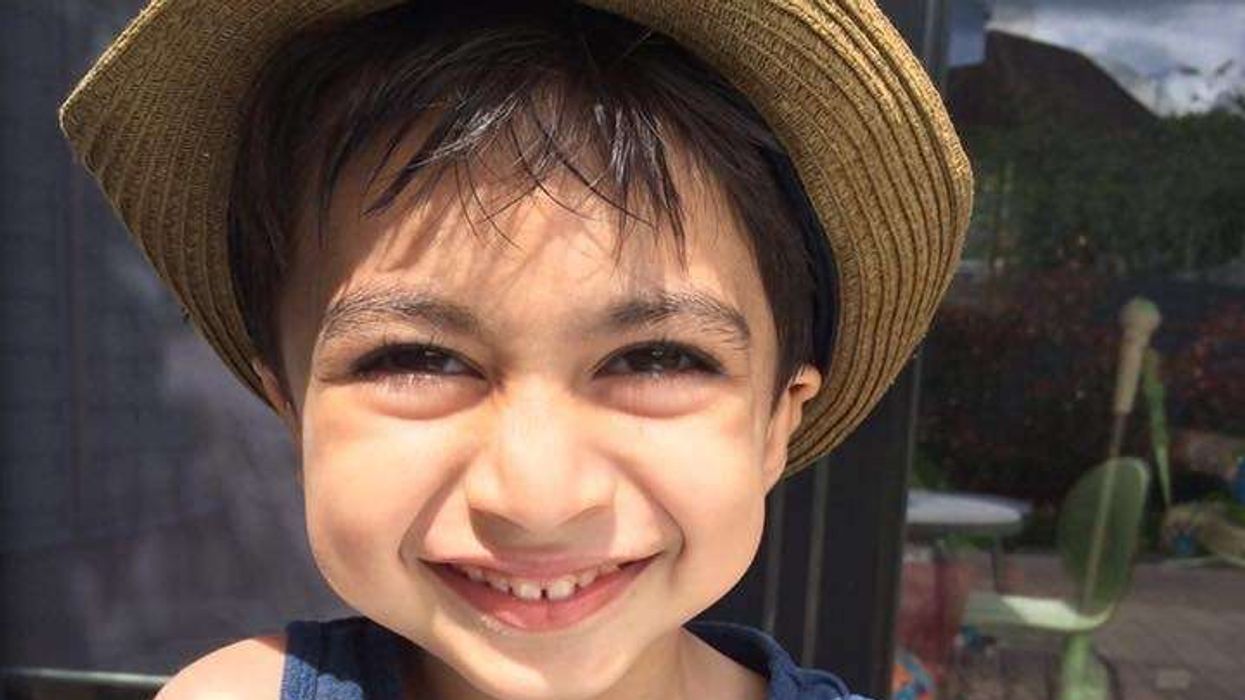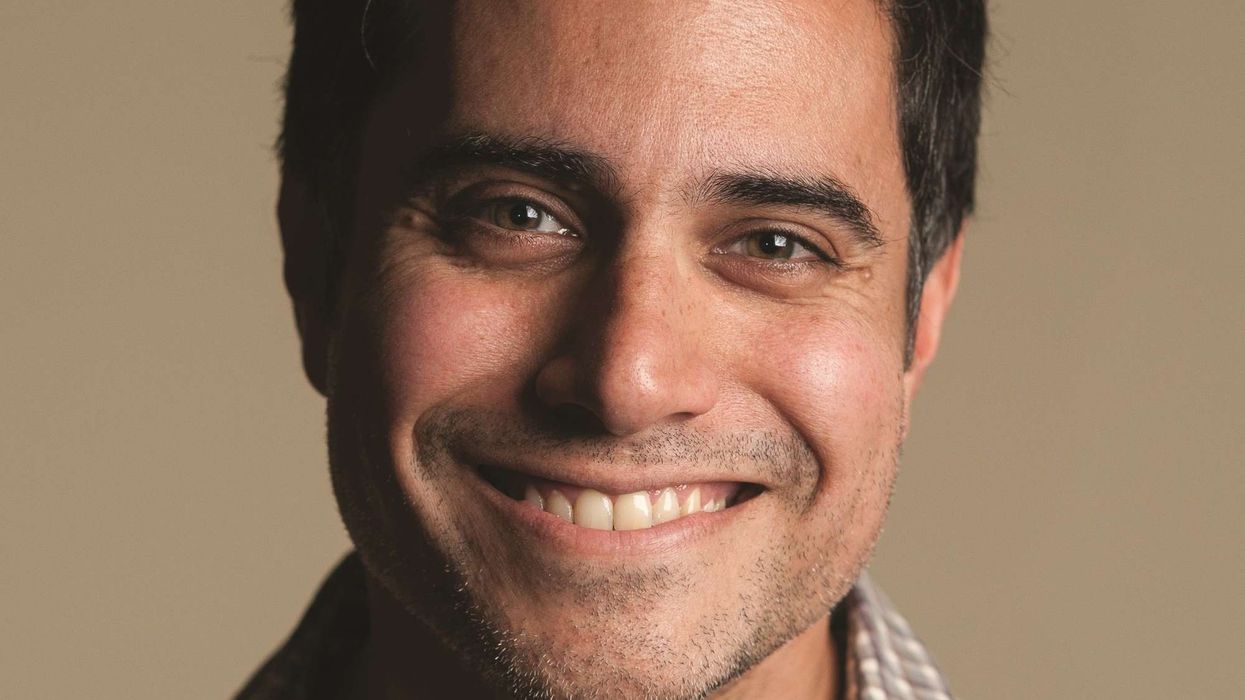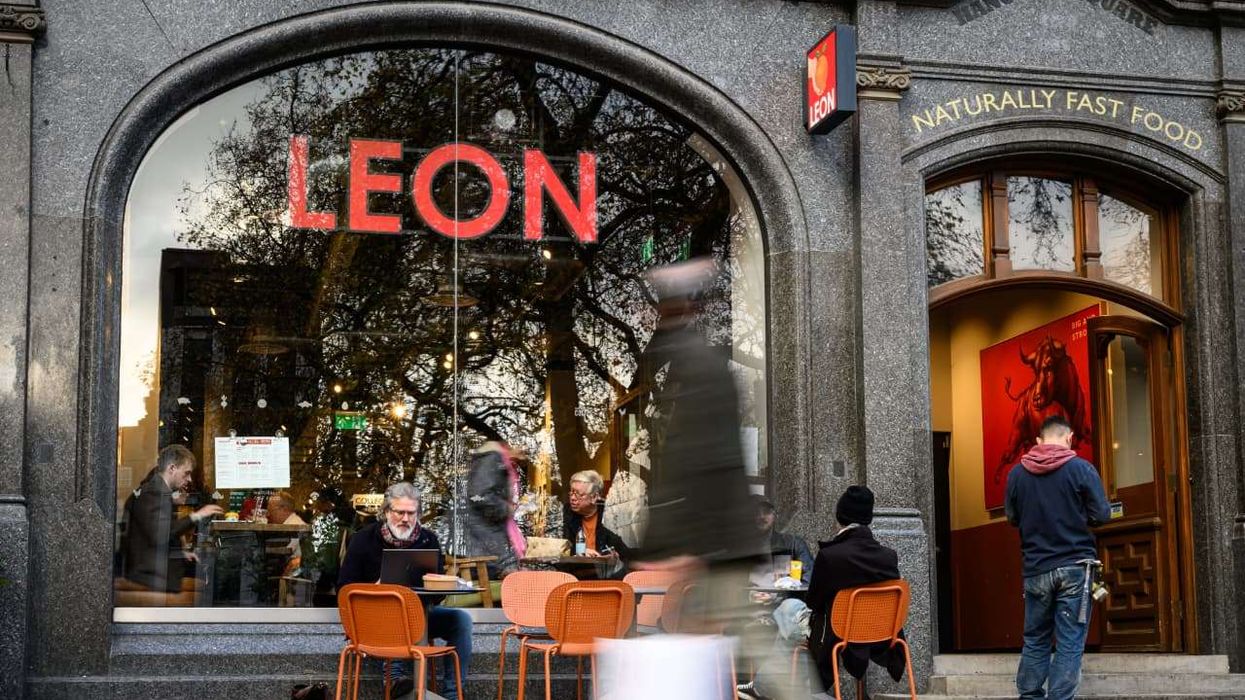West Indies' twin T20 World Cup-winning captain Darren Sammy will become an honorary citizen of Pakistan and receive the Nishan-e-Haider in March 2020, reports said.
Reports said his application of honorary citizenship has been forwarded to the president of the country.
Darren Sammy is currently in Pakistan to lead Peshawar Zalmi in Pakistan Super League's fifth season.
Born in Micoud, Saint Lucia, Sammy made his One-Day International (ODI) debut against Bangladesh in 2004.
He was the first person from the island of St Lucia to play international cricket.
Peshawar Zalmi's owner helped Sammy in the whole process and is hopeful that the Caribbean all-rounders application to get accepted soon.
“We have requested for the honorary citizenship of Pakistan for Daren Sammy. The application is currently at President’s table. I request the PCB chairman to put in a good word for Sammy, so it can be approved. Sammy’s voice notes were too emotional for Pakistan when PCB was trying to hold the PSL season 2 finale in Lahore,” Javed Afridi said.
Sammy has been associated with PSL since it's inception. He was also one of the first international cricketers to gave his nod to play in Pakistan when the cricket resumed in the country.
“For me, love is in the heart. It is an action and a feeling. For me whether I have a passport or not, I think my contribution to this country is all from within. I don’t need a passport to associate myself with this country,” Sammy said.
“It is not just me but all of the guys that have come here and showed there support, be it the World XI or other teams, have played a massive role in bringing back international cricket to Pakistan.”

